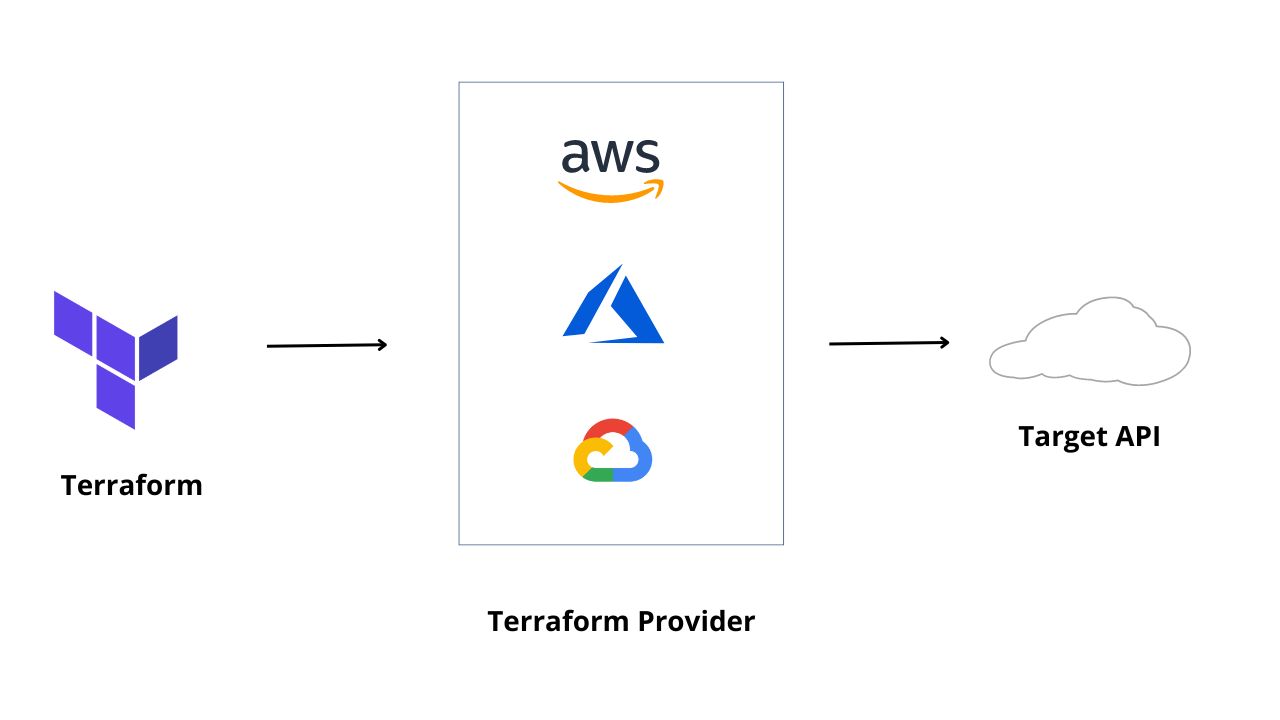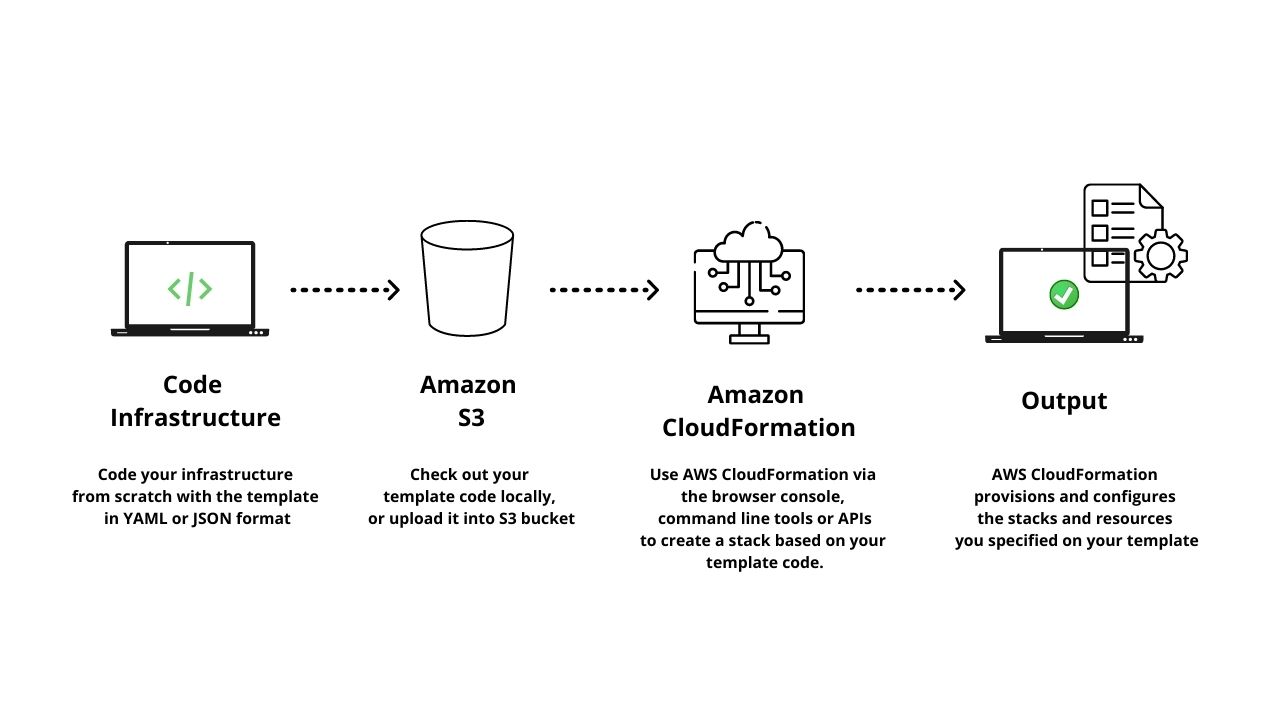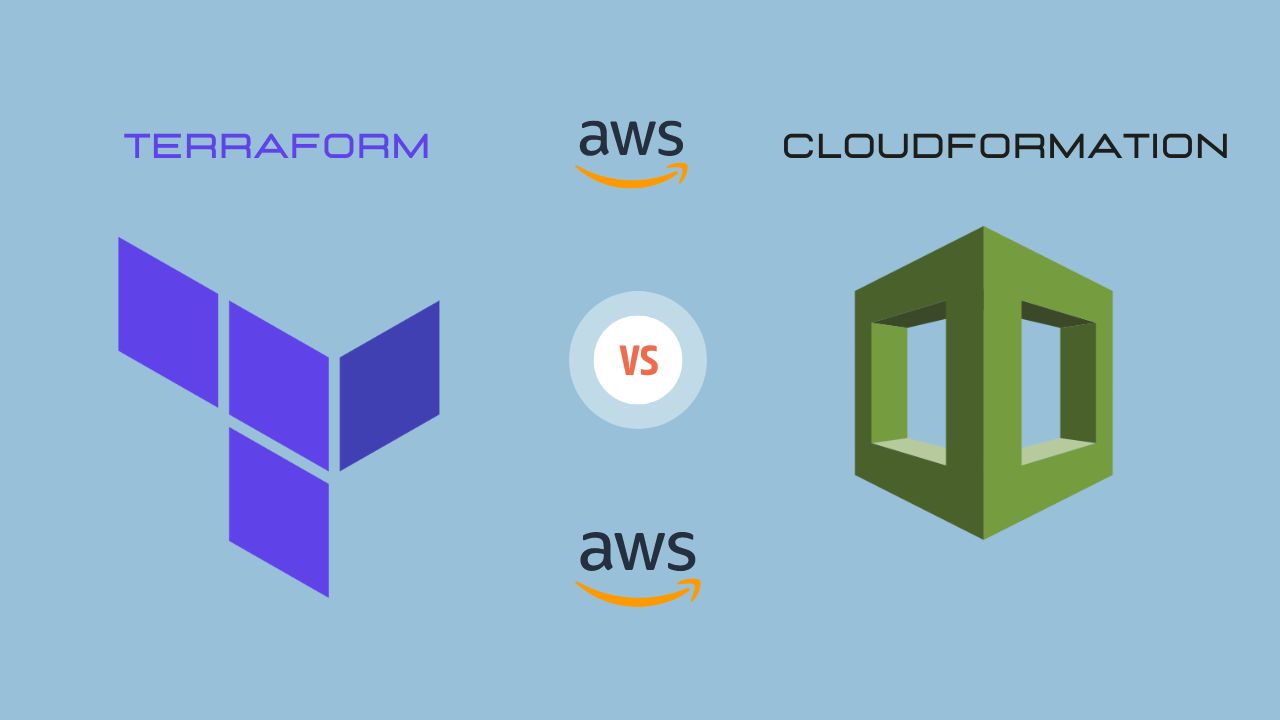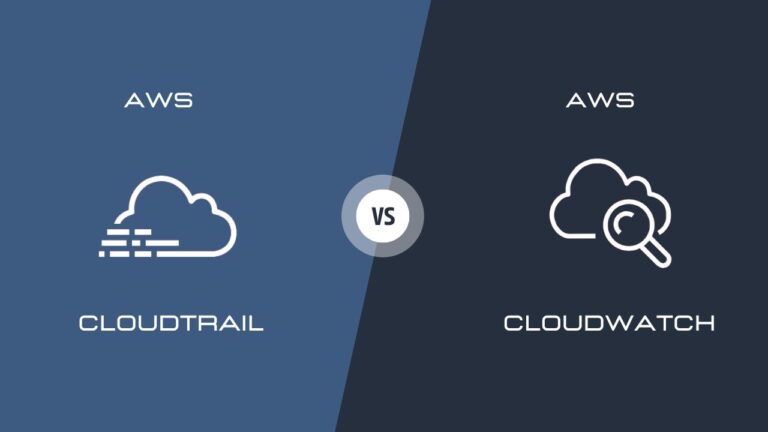In today’s rapidly evolving technology landscape, businesses are increasingly adopting cloud computing and infrastructure-as-code approaches to efficiently manage their infrastructure. When it comes to infrastructure provisioning, two popular tools, Terraform and CloudFormation, have emerged as industry leaders. This article dives into a detailed comparison of Terraform vs CloudFormation, exploring their features, strengths, and considerations. By understanding the differences between these tools, you can make an informed decision about which one is best suited for your infrastructure provisioning needs.
Terraform vs CloudFormation: A Table comparison
To better understand the capabilities and features of Terraform and CloudFormation, let’s compare them side by side using a battle table:
| Feature | Terraform | CloudFormation |
|---|---|---|
| Language | HashiCorp Configuration Language (HCL) | JSON or YAML templates |
| Syntax | Concise and readable | Supports JSON and YAML formats |
| Resource Support | Extensive, supports multiple cloud providers | Broad support for AWS services |
| Platform compatibility | Cloud-agnostic | Specifically designed for AWS environment |
| Ecosystem | Vibrant community, vast collection of user-contributed modules | Extensive AWS community support, rich collection of templates |
| Learning Curve | Requires initial familiarization, but relatively easier to grasp | Familiar JSON and YAML formats for developers |
| Flexibility | Highly flexible and extensible | Supports custom resources for integration |
| Provider Support | Wide range of cloud providers and third-party services | Native support for AWS services |
| Scalability | Excellent scalability and performance | Handles large-scale infrastructure deployments |
| Security | Allows resource configurations with security best practices | Allows resource configurations with security best practices |
Now, let’s dive deeper into each tool and understand how they work.
Terraform vs CloudFormation: What is Terraform ?

Terraform, powered by HashiCorp, simplifies infrastructure provisioning using its concise and readable HashiCorp Configuration Language (HCL). It offers a flexible and powerful solution for managing resources across multiple cloud providers, not just limited to AWS. Whether it’s virtual machines, networks, or storage services, Terraform has you covered. With scalability, performance, and robust security practices, it’s a popular choice. What sets Terraform apart is its declarative syntax, which allows you to describe the desired end state of your infrastructure without worrying about the exact steps to reach that state. Terraform takes care of provisioning and managing resources based on your defined configurations, ensuring your infrastructure remains in the desired state over time.
Terraform vs CloudFormation: How Terraform works ?
With Terraform, the process of provisioning infrastructure becomes a breeze. Here’s a general overview of the Terraform workflow:
-
Configure: Define your desired infrastructure resources and their configurations using Terraform’s declarative syntax in configuration files.
-
Initialize: Run
terraform initto set up the working directory, download necessary provider plugins, and prepare for the next steps. -
Plan: Execute
terraform planto create an execution plan. Terraform analyzes your configuration, compares it to the current state, and outlines the proposed changes. -
Apply: Use
terraform applyto apply the planned changes. Terraform interacts with the cloud provider’s API to provision the infrastructure resources according to your configuration. -
Update: As your infrastructure needs evolve, modify the configuration files and re-run
terraform planandterraform applyto make the necessary updates. -
Destroy: When you no longer need the infrastructure, use
terraform destroyto remove all the resources provisioned by Terraform, leaving a clean state.
Terraform vs CloudFormation: What is CloudFormation ?

CloudFormation, offered by Amazon Web Services (AWS), is specifically designed for provisioning and managing resources within the AWS ecosystem. It uses JSON or YAML templates to define infrastructure resources. CloudFormation provides broad support for AWS services, making it seamless to manage resources such as EC2 instances, S3 buckets, and RDS databases. The extensive AWS community and the availability of pre-built templates simplify infrastructure management, ensuring easy scalability and secure provisioning.
CloudFormation uses an imperative syntax. In an imperative approach, you specify the exact steps and operations required to achieve the desired infrastructure state. With CloudFormation, you define resources, their properties, and the order of operations explicitly in the template. CloudFormation then executes those operations sequentially to provision and manage the infrastructure resources accordingly. The imperative syntax of CloudFormation allows for more fine-grained control over the provisioning process, but it also requires explicitly specifying the steps to be taken.
Terraform vs CloudFormation: How CloudFormation works ?
Here’s a simple and brief explanation of the CloudFormation cycle:
-
Author: You define your desired infrastructure resources and their configurations using JSON or YAML syntax in CloudFormation templates.
-
Create Stack: You create a CloudFormation stack by uploading the template to the AWS Management Console, using the AWS CLI, or utilizing AWS SDKs. This step initiates the process of provisioning and managing the resources defined in the template.
-
Validate: During the stack creation process, CloudFormation validates the template for syntax errors, resource dependencies, and other potential issues. It ensures that the template is well-formed and can be executed properly.
-
Execute: CloudFormation executes the stack creation process, interacting with the AWS API to provision the defined resources according to the template. It orchestrates the creation and configuration of resources, ensuring they are created in the desired state.
-
Update: As your infrastructure needs evolve, you can modify the CloudFormation template to add, modify, or remove resources. You can update the stack using the AWS Management Console, AWS CLI, or AWS SDKs. CloudFormation determines the required changes and applies them to your stack, updating your infrastructure accordingly.
-
Delete Stack: When you no longer need a specific infrastructure, you can delete the CloudFormation stack. This process removes all the resources provisioned by the stack, ensuring the infrastructure is cleaned up and no longer in use.
Syntax Comparison: Deploying an EC2 Instance
Let’s consider a simple example of provisioning an AWS EC2 instance using both Terraform and CloudFormation to highlight the syntax differences.
Terraform Example
Using Terraform, you would define the EC2 instance in a Terraform configuration file (main.tf) using HCL syntax. Here’s an example snippet:
provider "aws" {
region = "us-west-2"
}
resource "aws_instance" "custom_instance" {
ami = "ami-0c94855ba95c71c99"
instance_type = "t2.micro"
key_name = "my_key"
tags = {
Name = "CustomInstance"
}
}CloudFormation Example
Using CloudFormation, you would define the EC2 instance in a CloudFormation template (template.yml) using YAML syntax. Here’s an example snippet:
Resources:
CustomInstance:
Type: AWS::EC2::Instance
Properties:
ImageId: ami-0c94855ba95c71c99
InstanceType: t2.micro
KeyName: my_key
Tags:
- Key: Name
Value: CustomInstanceAs you can see, Terraform uses HCL syntax, while CloudFormation supports YAML. Although the syntax differs, both tools enable you to define the desired infrastructure resources and their properties effectively.
Making the Right Choice
When choosing between Terraform and CloudFormation, consider your specific requirements, the cloud platform you’re working with, and your familiarity with the syntax. Terraform provides a cloud-agnostic approach with a flexible language, while CloudFormation offers native integration within the AWS ecosystem. Evaluate your needs, explore the available resources and communities, and make an informed decision.
Conclusion
Terraform and CloudFormation are powerful infrastructure provisioning tools that simplify and streamline infrastructure management. With their unique features and syntax, they cater to different use cases and preferences. By understanding their strengths and differences, you can select the right tool for your infrastructure needs. Whether you choose Terraform or CloudFormation, both tools empower you to manage your infrastructure as code efficiently.


